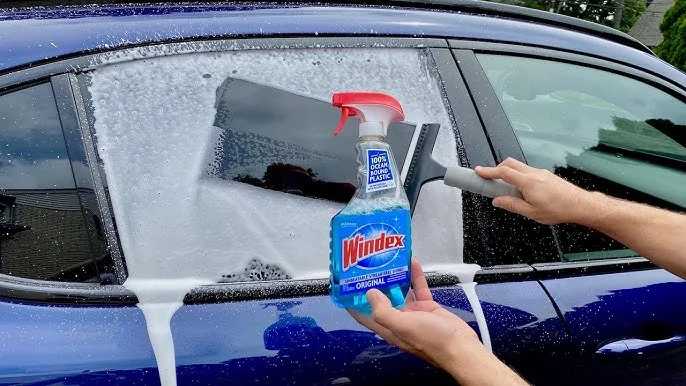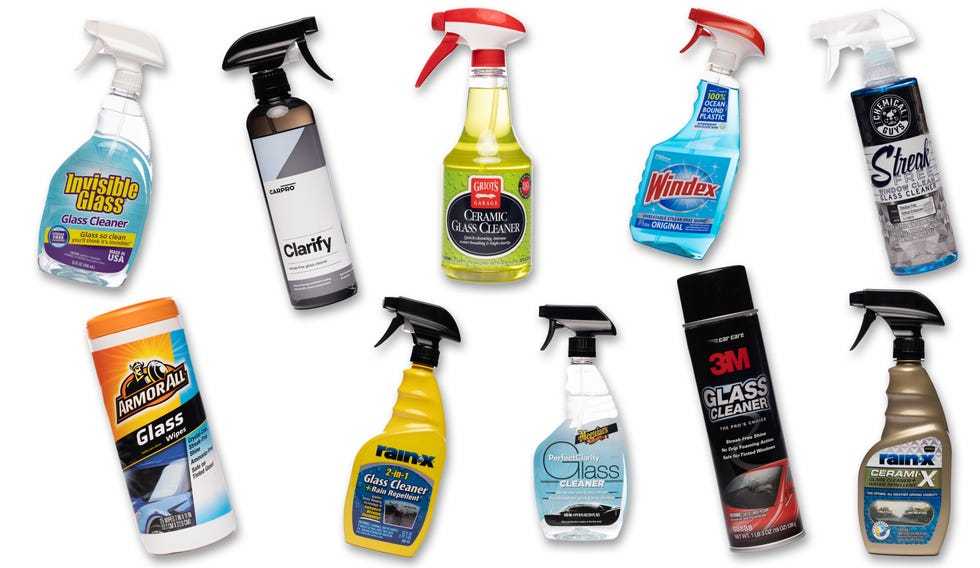Legal car window tints vary by location, but generally, they allow sufficient sunlight to pass through while providing privacy and UV protection. The key is to balance visibility with personal and legal safety requirements—too dark, and you risk fines; too light, and you won’t get the privacy you desire.
In short, the most common legal tint levels often range from 70% to 35% visible light transmission (VLT), with front side windows usually required to allow more light than the rear windows. Always check your local regulations to ensure you stay compliant and avoid penalties.
When it comes to car customization, window tinting is a popular upgrade for enhancing privacy, reducing glare, and blocking harmful UV rays. However, laws concerning how dark your windows can be differ widely depending on your state or country, making it essential to understand what’s legal in your area. Knowing the specific limits for front, rear, and windshield tint helps you avoid fines while still enjoying the benefits of tinted windows. This article will guide you through the basic rules, how to measure tint darkness, and tips to keep your vehicle compliant with local laws.
What Car Window Tint Is Legal: A Complete Guide
Understanding Window Tint Laws by State
Every state has different rules about how dark your car window tint can be. These laws are put in place to keep drivers and law enforcement safe. It is important to know the specific restrictions in your state before choosing your tint.
Most states measure tint darkness using percentage levels known as VLT or Visible Light Transmission. Lower percentages mean darker tints, while higher percentages mean lighter tints. For example, a 20% VLT tint allows 20% of light to pass through and blocks 80%.
Some states have additional rules about where tint can be applied on your vehicle. For instance, front windshield, side windows, and rear windows each have separate regulations. Be sure to check your state’s department of motor vehicles (DMV) website for the most current laws.
What Do Different VLT Percentages Mean?
VLT, or Visible Light Transmission, is the key measurement of how dark a tint is. The lower the VLT percentage, the darker the window. Here’s a simplified breakdown:
- 70% VLT or higher: Very light tint, almost clear. Usually legal in all states.
- 50% to 70% VLT: Light tint that still allows a lot of light in. Often permissible for side windows.
- 20% to 40% VLT: Darker tint, common for rear windows. May be restricted in some areas.
- Below 20% VLT: Very dark tint, often called “limo tint,” typically illegal in many states.
It’s essential to match your desired tint percentage with your state’s regulations.
Types of Legal Car Window Tints
Different tinting materials have varying legality based on their reflectivity and UV blocking properties. Common types include:
Dyed Window Tints
These are affordable and come in various shades. They are mainly used for privacy and UV protection. As long as they meet your state’s VLT limits, they are generally legal.
Metalized Window Tints
These contain metallic particles to reflect heat and UV rays. Since they can interfere with signals like GPS and radio, some states restrict their use or limit their reflectivity.
Carbon Window Tints
Offering excellent UV protection without interfering with signals, carbon tints are usually legal when they adhere to VLT restrictions.
Hybrid Tints
Combining dyed and metallic layers, hybrid tints balance affordability, appearance, and legality when used within legal limits.
Specific Rules for Different Vehicle Types
Laws may change depending on your vehicle type, such as passenger cars, trucks, or commercial vehicles.
- Passenger Vehicles: Usually have the most lenient tint laws, but restrictions still apply for front side windows and windshields.
- Trucks and SUVs: May have different regulations, often allowing darker tints on rear windows for added privacy.
- Commercial Vehicles: Regulations tend to be more flexible to accommodate commercial needs, but local laws still govern permissible tint levels.
Always verify the rules specific to your vehicle to avoid fines or having your tints removed.
Reflectivity Restrictions and Mirror Tints
In addition to darkness levels, many states limit how reflective your window tint can be. Highly reflective tints can cause glare for other drivers and may be illegal.
Typically, states allow mirror-like tints only on rear windows or specify maximum reflectivity percentages. It’s important to check your local laws to see if reflective or mirrored tints are permitted on your front side windows.
Exemptions for Certain Drivers and Vehicles
Some states provide exemptions for specific drivers, such as:
- Medical exemptions: Drivers with certain medical conditions may apply for special tint permits that allow darker windows.
- Law enforcement and government vehicles: These often have relaxed or different rules to enable operational needs.
If you believe you qualify for an exemption, consult your local DMV for the proper application process.
How to Ensure Your Tint Is Legal
To make sure your tint is within legal limits, follow these steps:
- Consult your state’s DMV website for current tint laws and specific VLT percentages.
- Choose a reputable tinting professional who understands local laws.
- Request a certificate of authenticity from your tint installer specifying the VLT percentage and type of tint used.
- Get your windows tested at a certified facility if you’re unsure about compliance.
Following these steps can help you avoid legal issues and ensure your vehicle remains compliant.
Summary of Legal Tint Percentages in Various States
Below is a quick overview of some popular states’ legal tint VLT percentages for passenger cars:
| State | Front Side Windows | Back Side and Rear Windows | Windshield |
|---|---|---|---|
| California | 70% or higher | Below 4 inches from top allowed if compliant with reflectivity limits | Non-reflective tint below manufacturer’s AS-1 line |
| Texas | 25% VLT or higher | No specific limit, but must allow 25% at least | Strip above the manufacturer’s AS-1 line |
| Florida | 28% or higher | No limit if tinted before sale, otherwise 15% | Non-reflective tint up to the manufacturer’s AS-1 line |
| New York | 70% or higher | 35% or higher | Any tint, as long as it is not reflective |
Always verify these details with your local DMV as laws update periodically.
Knowing what car window tint is legal helps you stay compliant with your local laws while enjoying the benefits of tinting. Be sure to check your state’s specific regulations regarding VLT percentages, reflectivity, and vehicle restrictions. By choosing the right tint that meets legal standards, you can enhance your vehicle’s privacy and UV protection without risking fines or having your tint removed. Always work with certified professionals and keep documentation to prove your compliance.
How to Choose the RIGHT Window Tint | Don't Make A Mistake
Frequently Asked Questions
How can I determine the legal tint darkness for my vehicle?
Check your local regulations, as they specify the maximum allowable percentage of light that can pass through the windows. Usually, this information is available on your state or country’s transportation department website. You can also measure the tint darkness with a light meter to ensure compliance.
Are there specific windows on a vehicle that require permissible tint levels?
Yes, most states or regions adjust tint laws based on window locations. Typically, the front windshield’s top few inches may have restrictions, while the front side windows often have stricter limits. Rear windows usually allow darker tints unless other restrictions apply.
What penalties might I face if I use illegal window tinting?
If you exceed legal tint darkness levels, authorities can issue fines, require you to remove or modify the tint, or even impound your vehicle in some cases. Avoiding legal penalties involves ensuring your tint complies with the regulations applicable in your area.
Can medical exemptions allow for darker window tints?
Yes, some regions provide exemptions for medical reasons that require darker tinting to protect against sunlight. You usually need to provide documentation from a healthcare professional, and the exemption may have specific limitations on where and how dark the tint can be applied.
Final Thoughts
The main point is that what car window tint is legal varies by location, but generally, reflectivity and darkness thresholds are established by law. Typically, front side windows must allow more light to pass through compared to the rear windows.
Understanding local regulations helps vehicle owners avoid fines and ensure safety. Always check specific state or country laws before applying any tint.
In conclusion, what car window tint is legal depends on the local standards, so verify the rules in your area to stay compliant.



